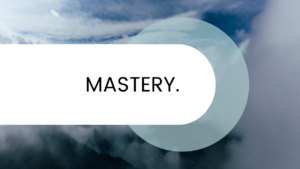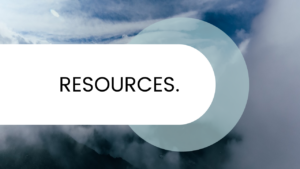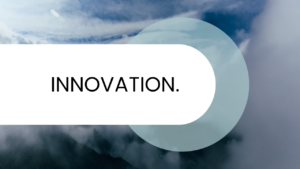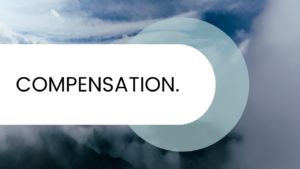Mastery in Change
Participating effectively in an Evolutionary Organization demands a certain level of maturity and competence. Members who lack self-awareness or self-confidence might find self-management challenging. Radical candor, which is essential for open communication, can be too intimidating if vulnerability is lacking. Even for those of us who believe we’ve mastered our egos, it can be a shock to the system. Feeling uncertain about your talents and purpose can make self-direction overwhelming. The transition to a self-managing approach should be seen as a continuous unfolding process. One practice naturally leads to another, and mastery is achieved through repetition. It’s essential to begin the journey from where you currently stand, embracing the learning curve, rather than fixating on an ideal endpoint.”
Questions on Mastery
The following questions can be applied to the organization as a whole or the teams within it. Use them to provoke a conversation about what is present and what is possible.
- What is our approach to learning and development?
- How do we define and assess competence?
- How does competence influence the roles we inhabit?
- What knowledge and skills are required to pursue our purpose?
- How do we give and receive feedback?
- How do we spread competence and mastery within our membership?
- How does competence shape or influence our career paths?
- What is expected of members in terms of learning and personal growth?
What does it mean to be People Positive about Mastery?
Recognize that developing personal and professional mastery is a basic human need. If you can create an environment where people grow quickly, you’ll never lack for stunning colleagues. People are the architects of their own growth. Let them solicit and guide their own feedback and progression.
What does it mean to be Complexity Conscious about Mastery?
Accept that competence is complex and contextual. Don’t try to reduce talents and skills to a matrix. Remember that reverence for expertise can lead to arrested development or missed opportunities. Learning agility is a far better bet. A great learner can figure it out on the fly. No matter how exceptional a hammer may be, its purpose is limited to striking nails.
Now that you are familiar with the dimensions of our theory, let’s discuss how we can apply it. Like many other tools, our approach can be used in different ways. It can be used descriptively to describe your own way of working or that of another team. It can be used diagnostically to analyse positive or negative patterns we have observed (e.g. why do new employees feel confused by the onboarding process?). In addition, some teams use our approach to envision how the organisation could evolve.
We use it primarily as an awareness-raising tool to capture stories, tensions and experiments that are happening in the real world. We ask the teams themselves to interpret what is happening. Regardless of the approach, our approach usually triggers a rethink in the teams as they begin to systemically rethink the way they work. A meeting is no longer just a meeting; it becomes a forum for belonging, an opportunity to share information, a chance for buy-in or even a potential waste of time. Our approach encourages such conversations, and these conversations will ultimately lead to change.
Every decision is associated with emotions. When you are faced with a decision, the subcortical structures in your brain are activated and trigger a cascade of emotions, instincts and bodily sensations. These elements influence a somatic decision or even bring it about before you are aware of it. This phenomenon is commonly referred to as a “gut feeling”. The interplay between our different thought systems happens so quickly and seamlessly that we often don’t even realise it. We may hold on to the belief that most of our decisions are made objectively and rationally, but this is not the case.
Therefore, at this point, you should have already made your decision. Somewhere in your mind or body, you know it. Either you believe that we need to change the way we work and are ready to take that step, or you don’t believe it and never will. Those who believe – the catalysts, the visionaries, the risk-takers – have understood that the future will not be a desirable place unless we change how we work together as humans to design and build the future in a way that employees will love coming to work.
So where do we go from here? The answer is simple; the implementation is a challenge. If you have some responsibility over others – in business, philanthropy, education, public service, your community or even at home – it’s your job to improve the humanity, vitality and adaptability of the current organisational system. If you are ready to do so, we can embark on this journey together.
You might also be interested in
MASTERY IN CHANGE
How we grow and mature; the journey of self-discovery; our...
RESOURCES IN CHANGE
How we invest our time and money; the allocation of...
INNOVATION IN CHANGE
How we learn & evolve; the creation of something new;...
INFORMATION IN CHANGE
How we share & use data; the flow of data,...
COMPENSATION IN CHANGE
How we pay and provide the wages, salaries, benefits profits...
MEMBERSHIP IN CHANGE
How we define & cultivate relationships; the boundaries & conditions...
